Coast House is a minimalist retreat in the heart of New Zealand’s South Island
Stacey Farrell’s contemporary retreat is a stealthy passive design that keeps a low profile amidst the natural splendour of New Zealand’s wild south coast
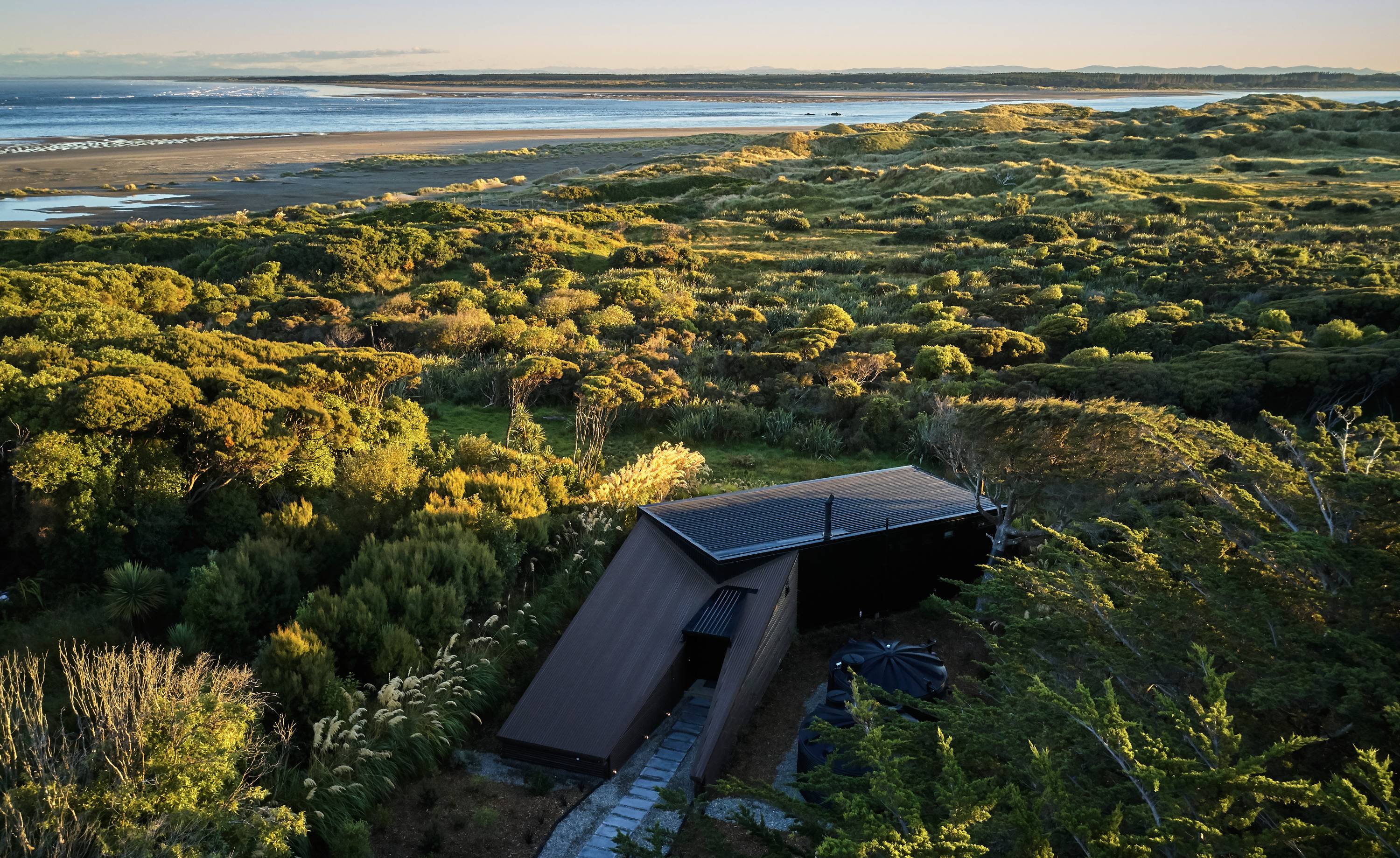
Ben Ruffell - Photography
This low-energy retreat, the Coast House, sits between two of New Zealand’s most spectacular areas, the Fiordland National Park and the sparsely populated, densely forested Catlins. Fiordand is the country’s largest national park at nearly 5,000 square miles. It occupies a substantial chunk of the most westerly part of South Island, while the Catlins lie on the south coast.
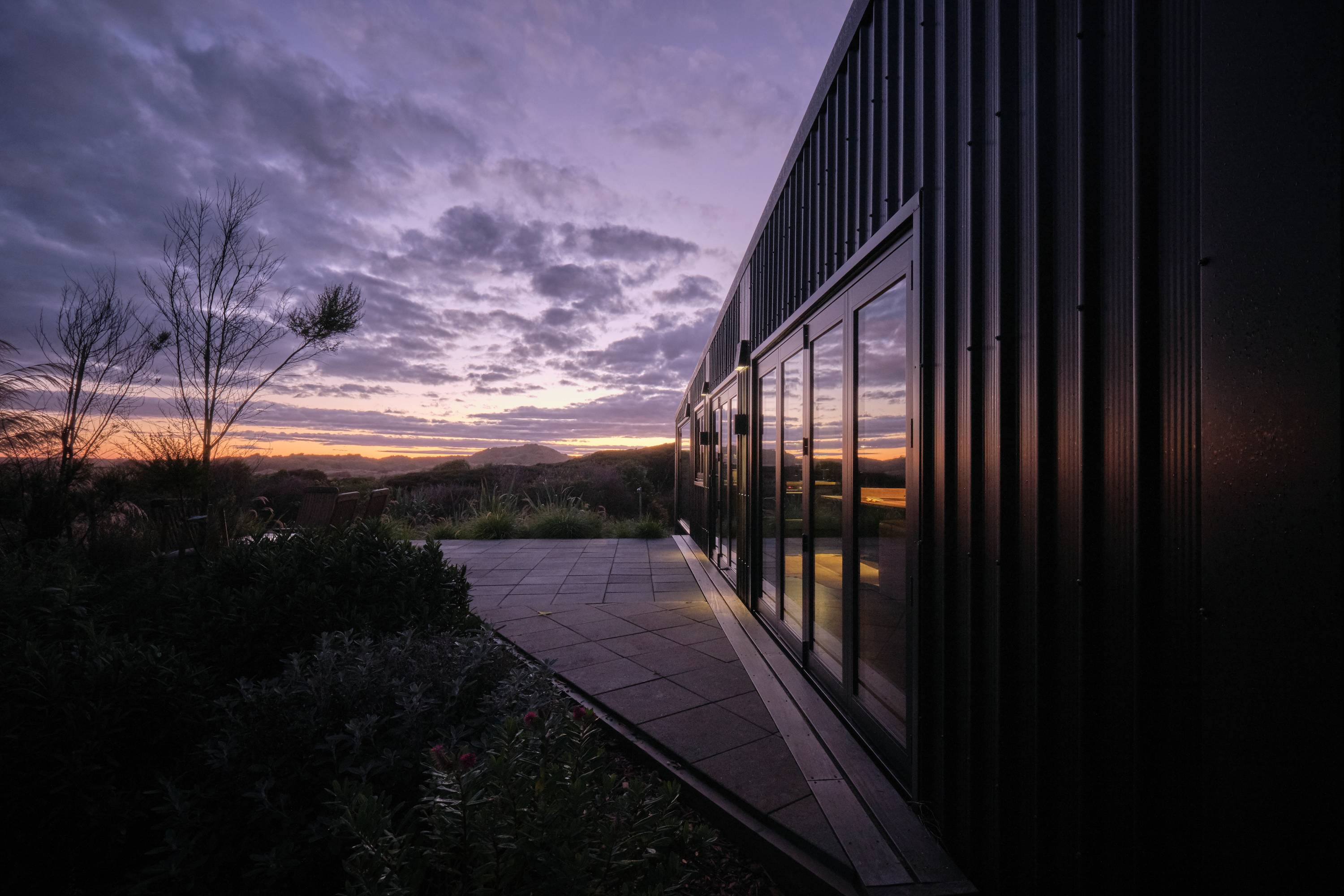
A terrace opens off the main living space
Building anything in proximity to these remote wildernesses presents a significant challenge.
The climate is relentless, with very high annual rainfall and moisture-laden winds blowing in from the Tasman Sea.
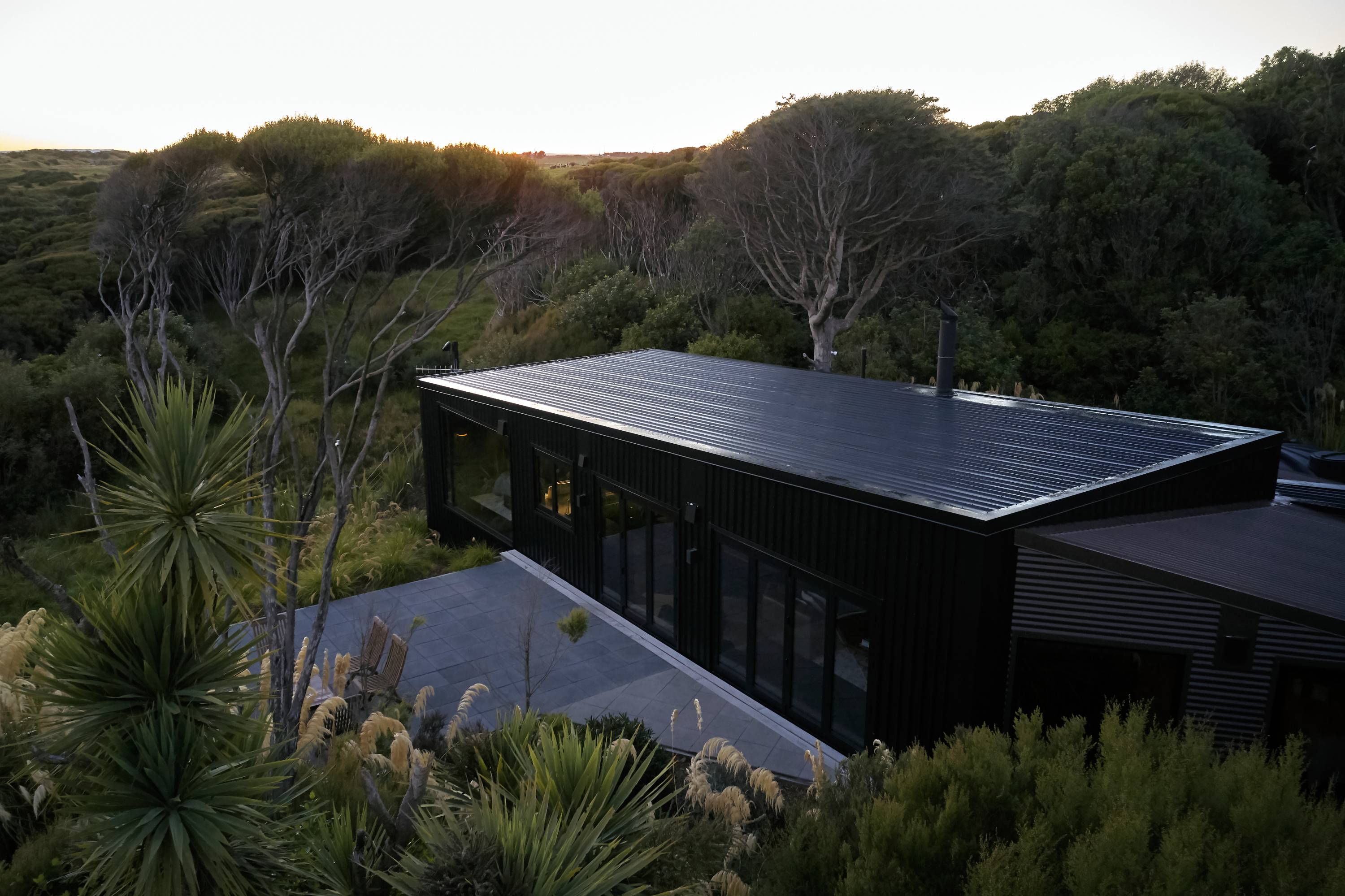
The Coast House is nestled into the landscape
Stacey Farrell designed the Coast House to Passive House standards, embracing a sustainable architecture approach and ensuring it was highly insulated to minimise the amount of energy it consumed.
Modestly sized, it’s set low into the scrub, close to sand dunes on a site sprinkled with wind-blasted trees.
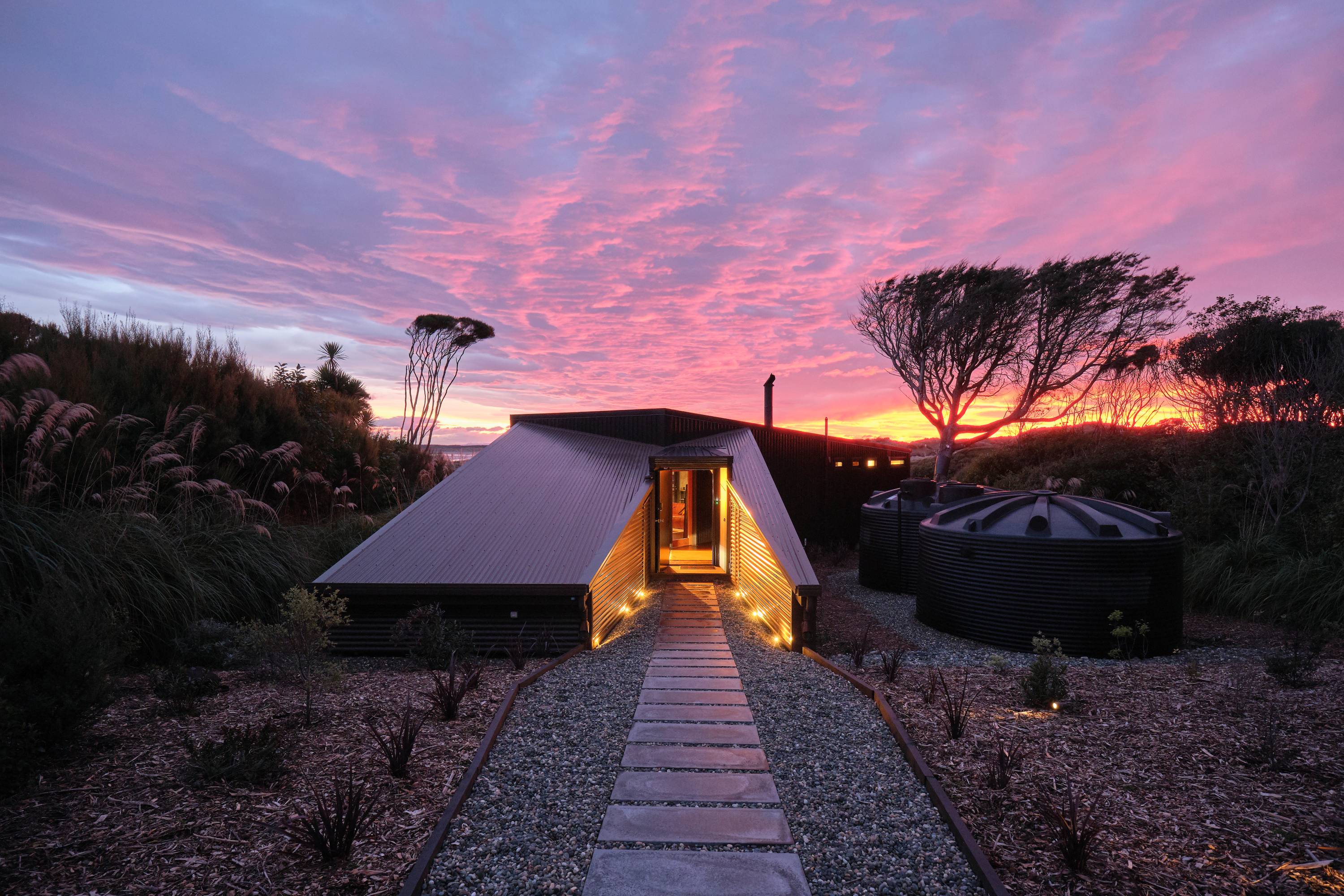
‘The aim was to keep things low and work with the landscape,’ the architect explains, pointing out how the materials palette is kept simple and unadorned.
The Structurally Insulated Panels (SIPs) used to create the internal walls have been meticulously hand-stained and left unadorned, rather than covered over, for example.
Wallpaper* Newsletter
Receive our daily digest of inspiration, escapism and design stories from around the world direct to your inbox.
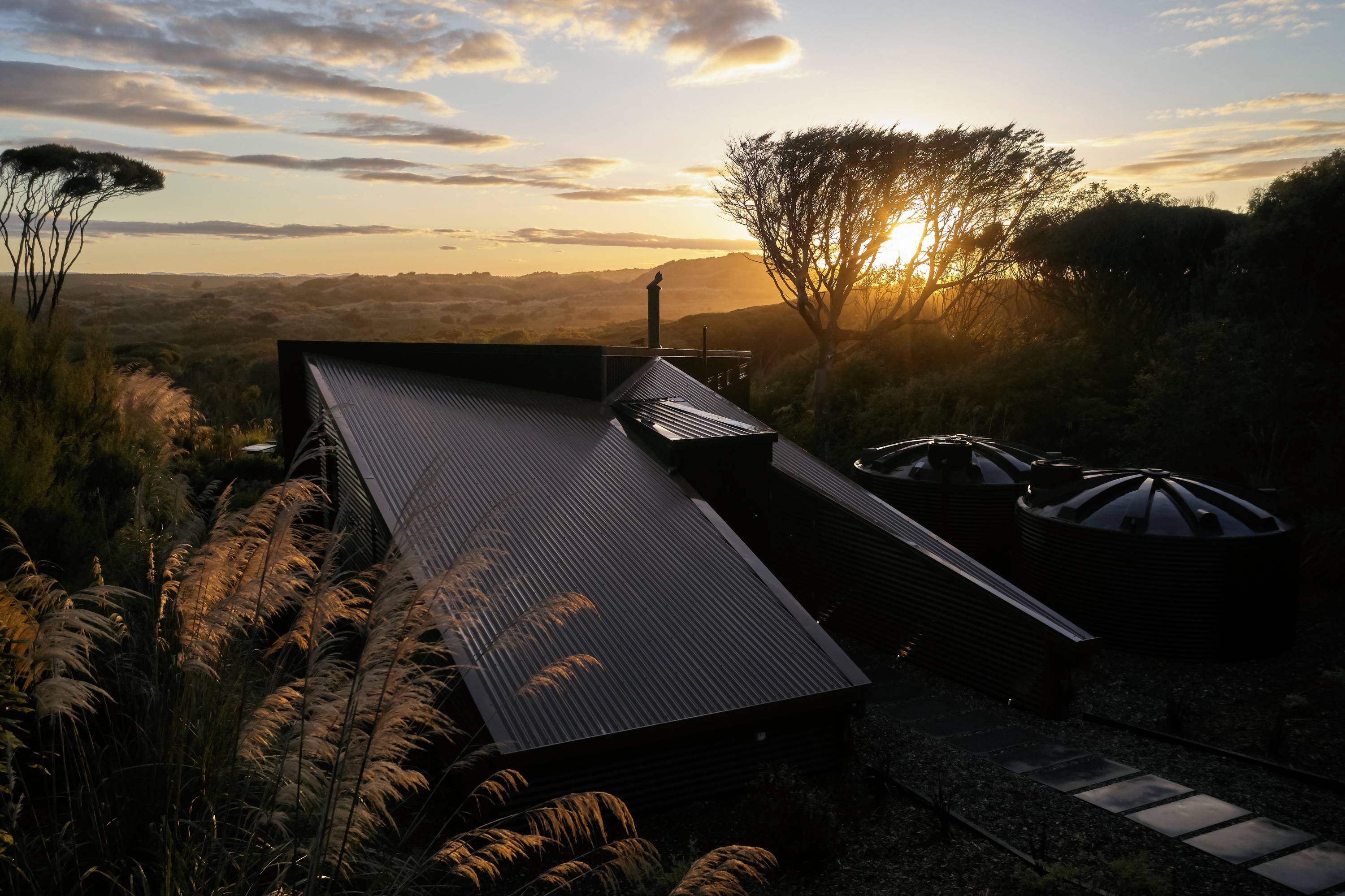
The exterior is finished with low-maintenance cladding that slopes towards a water-collection system, as well as keeping the structure out of the winds.
It also makes the dark house hard to see from the surrounding landscape.
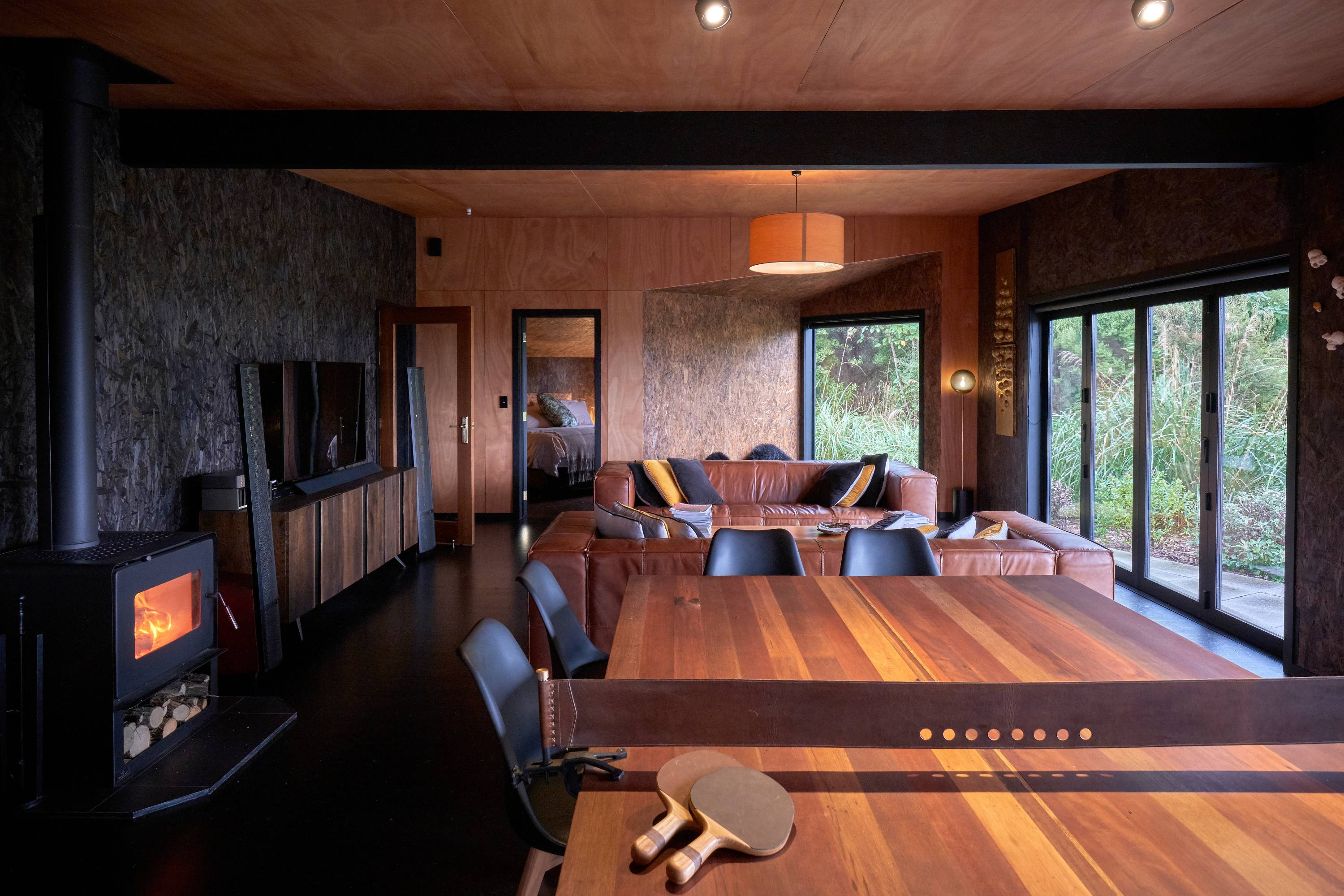
Inside, there are two cocoon-like bedrooms and an open-plan kitchen living area, heated by a wood burner.
The dining table doubles up as kitchen island and table tennis table, complete with hand-stitched leather ‘net’, for when the weather keeps you indoors.
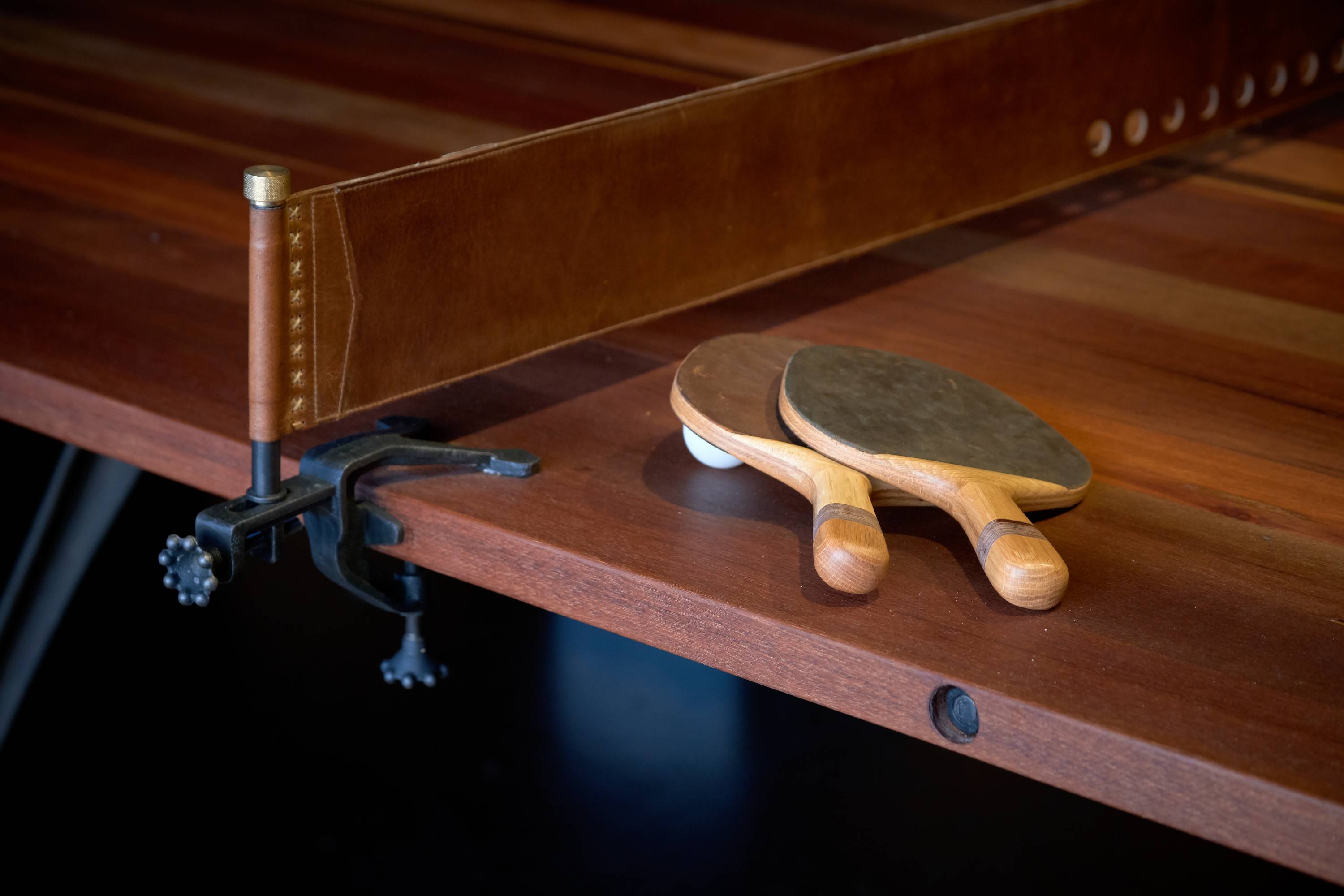
The build process avoided as many complications as possible. The house sits on driven timber piles, theoretically allowing it to be moved if required. ‘If sea levels rise, or if coastal erosion in this little pocket of the world becomes an issue,’ Farrell says.
Inside, the SIPs have been left exposed, with rooms sized to make use of single panels without any additional cuts or wastage. Reclaimed timber is also used wherever possible.

Farrell has practised for over 20 years, building up a portfolio of modest, hard-wearing houses that have garnered a clutch of awards in her native New Zealand.
Based in Queenstown, her studio is committed to using modern materials in a minimal way, often working on dramatic sites that require careful approaches to design and energy use.
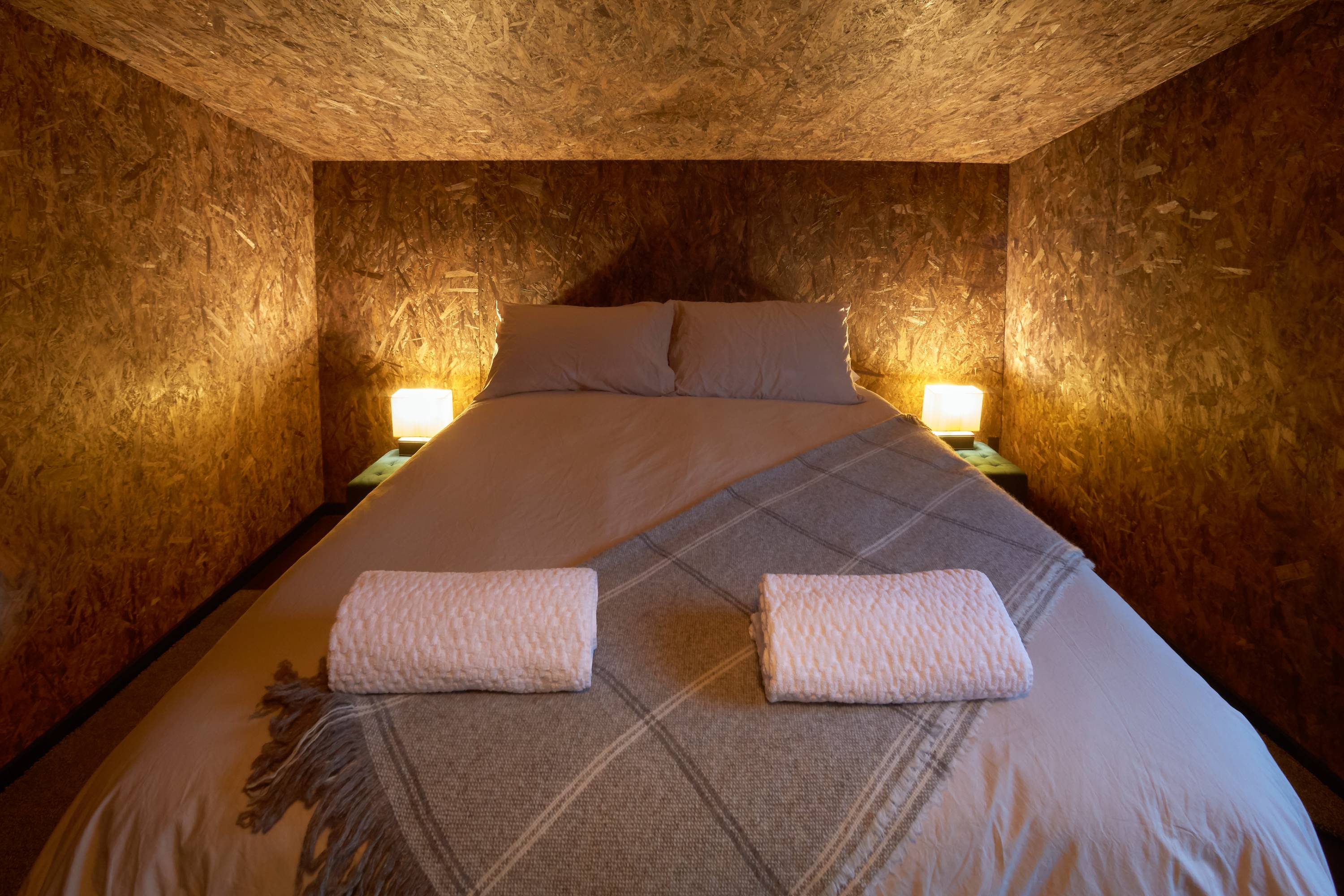
The guest bedroom
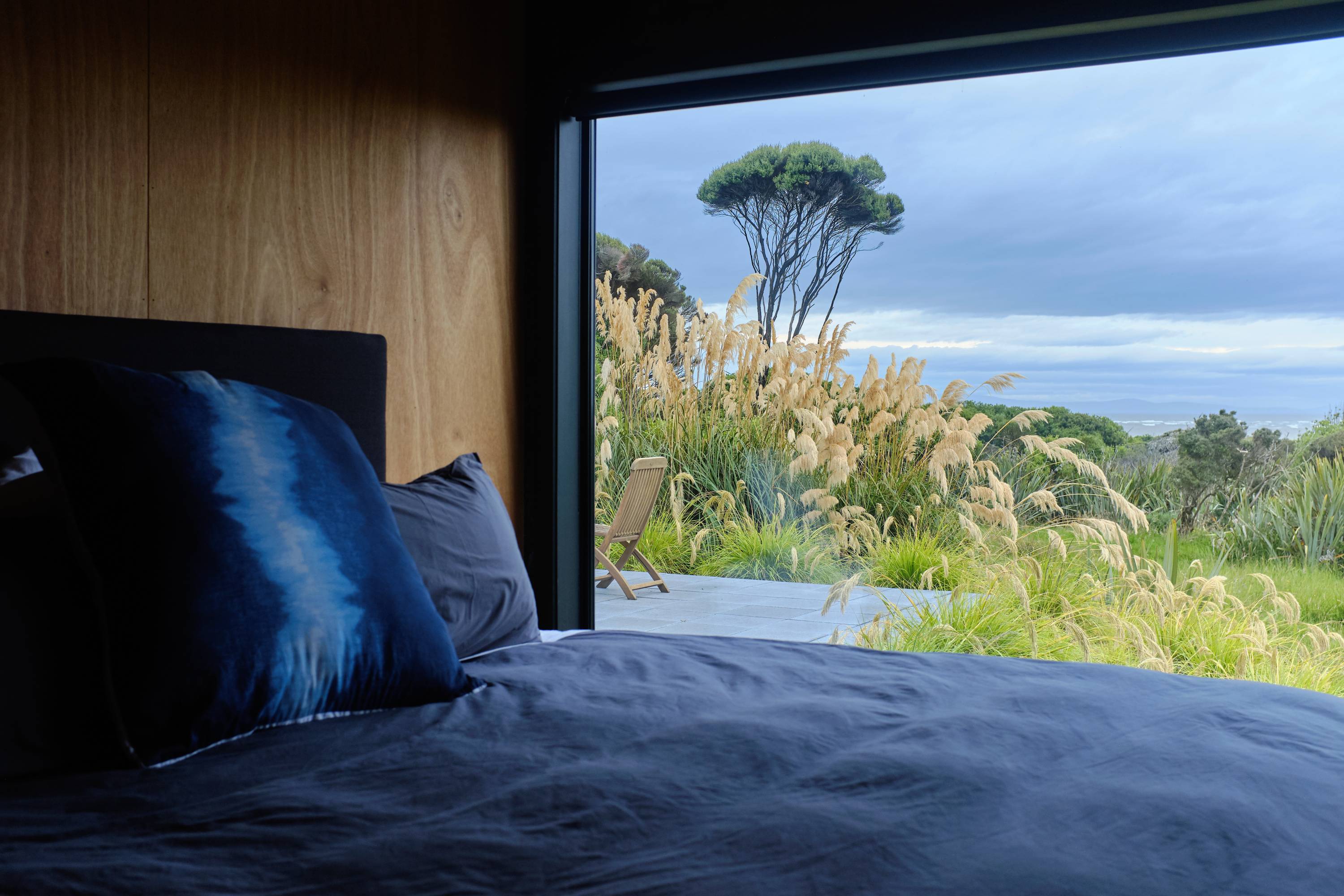
The main bedroom
INFORMATION
Jonathan Bell has written for Wallpaper* magazine since 1999, covering everything from architecture and transport design to books, tech and graphic design. He is now the magazine’s Transport and Technology Editor. Jonathan has written and edited 15 books, including Concept Car Design, 21st Century House, and The New Modern House. He is also the host of Wallpaper’s first podcast.
-
 The Lighthouse draws on Bauhaus principles to create a new-era workspace campus
The Lighthouse draws on Bauhaus principles to create a new-era workspace campusThe Lighthouse, a Los Angeles office space by Warkentin Associates, brings together Bauhaus, brutalism and contemporary workspace design trends
By Ellie Stathaki
-
 Extreme Cashmere reimagines retail with its new Amsterdam store: ‘You want to take your shoes off and stay’
Extreme Cashmere reimagines retail with its new Amsterdam store: ‘You want to take your shoes off and stay’Wallpaper* takes a tour of Extreme Cashmere’s new Amsterdam store, a space which reflects the label’s famed hospitality and unconventional approach to knitwear
By Jack Moss
-
 Titanium watches are strong, light and enduring: here are some of the best
Titanium watches are strong, light and enduring: here are some of the bestBrands including Bremont, Christopher Ward and Grand Seiko are exploring the possibilities of titanium watches
By Chris Hall
-
 Wallpaper* Architects’ Directory 2024: meet the practices
Wallpaper* Architects’ Directory 2024: meet the practicesIn the Wallpaper* Architects Directory 2024, our latest guide to exciting, emerging practices from around the world, 20 young studios show off their projects and passion
By Ellie Stathaki
-
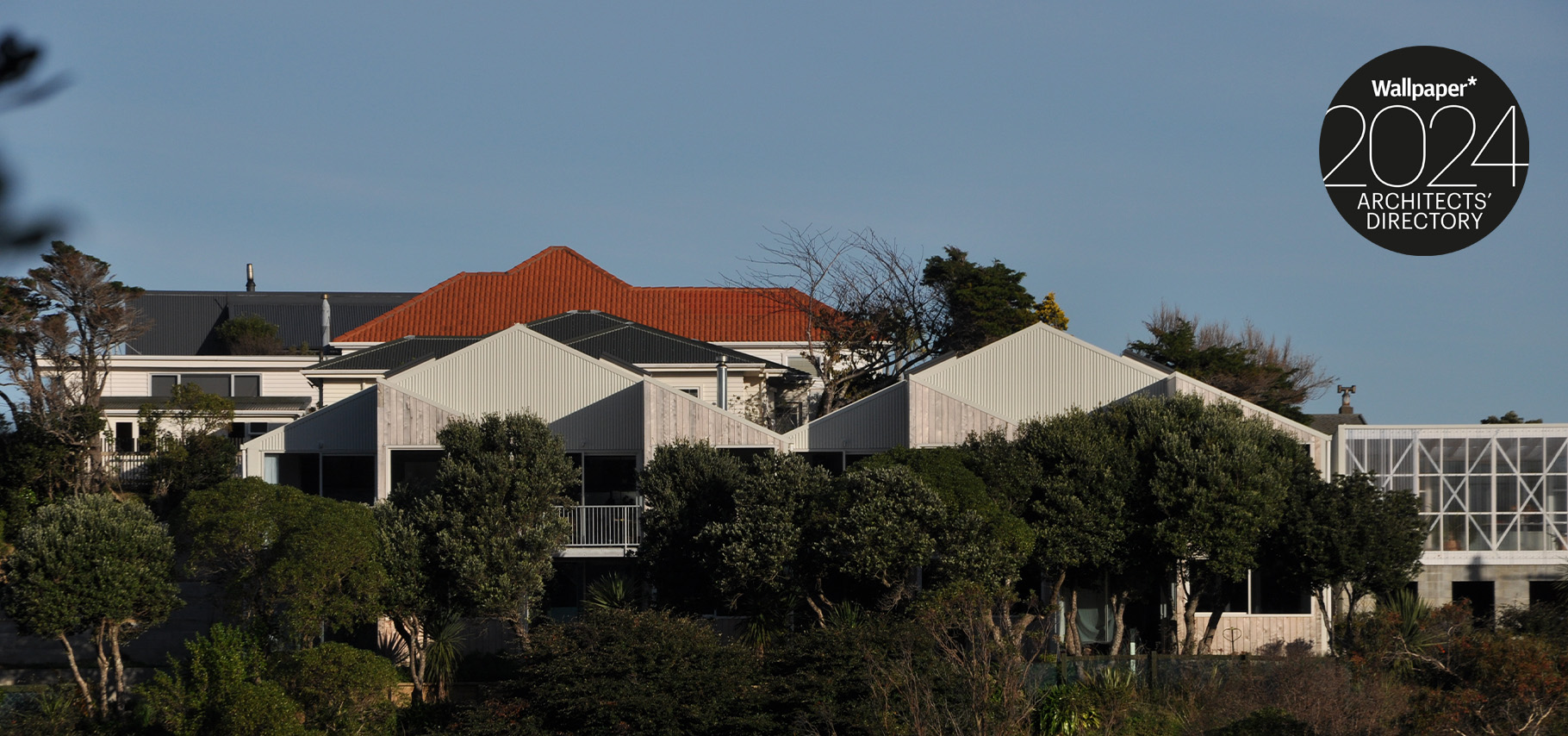 Discover Spacecraft Architects’ inventive response to a residential puzzle in New Zealand
Discover Spacecraft Architects’ inventive response to a residential puzzle in New ZealandSpacecraft Architects, a young New Zealand practice, joins the ranks of the Wallpaper* Architects Directory 2024; explore its Block Party residential complex
By Tianna Williams
-
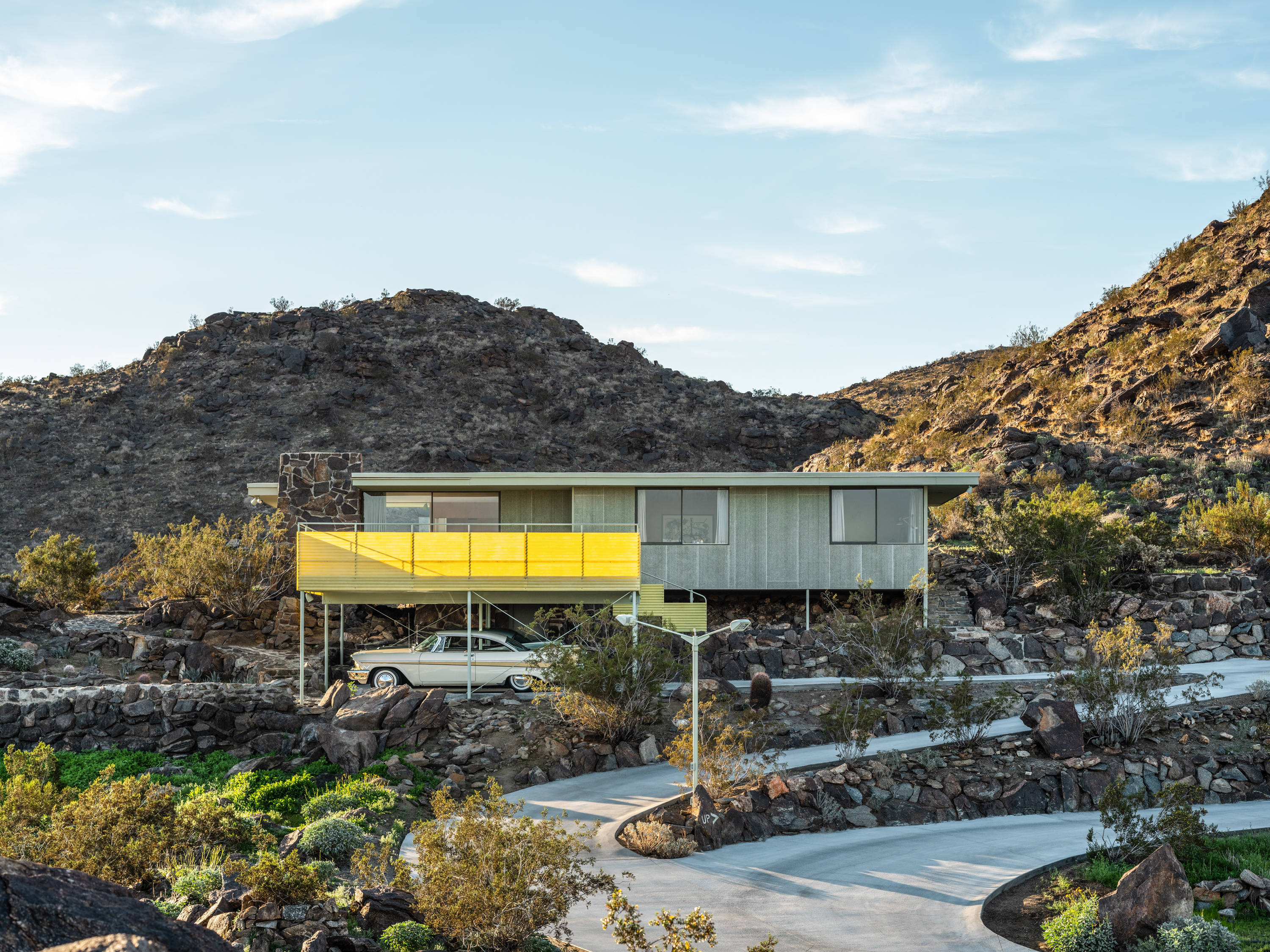 Modernist architecture: inspiration from across the globe
Modernist architecture: inspiration from across the globeModernist architecture has had a tremendous influence on today’s built environment, making these midcentury marvels some of the most closely studied 20th-century buildings; here, we explore the genre by continent
By Ellie Stathaki
-
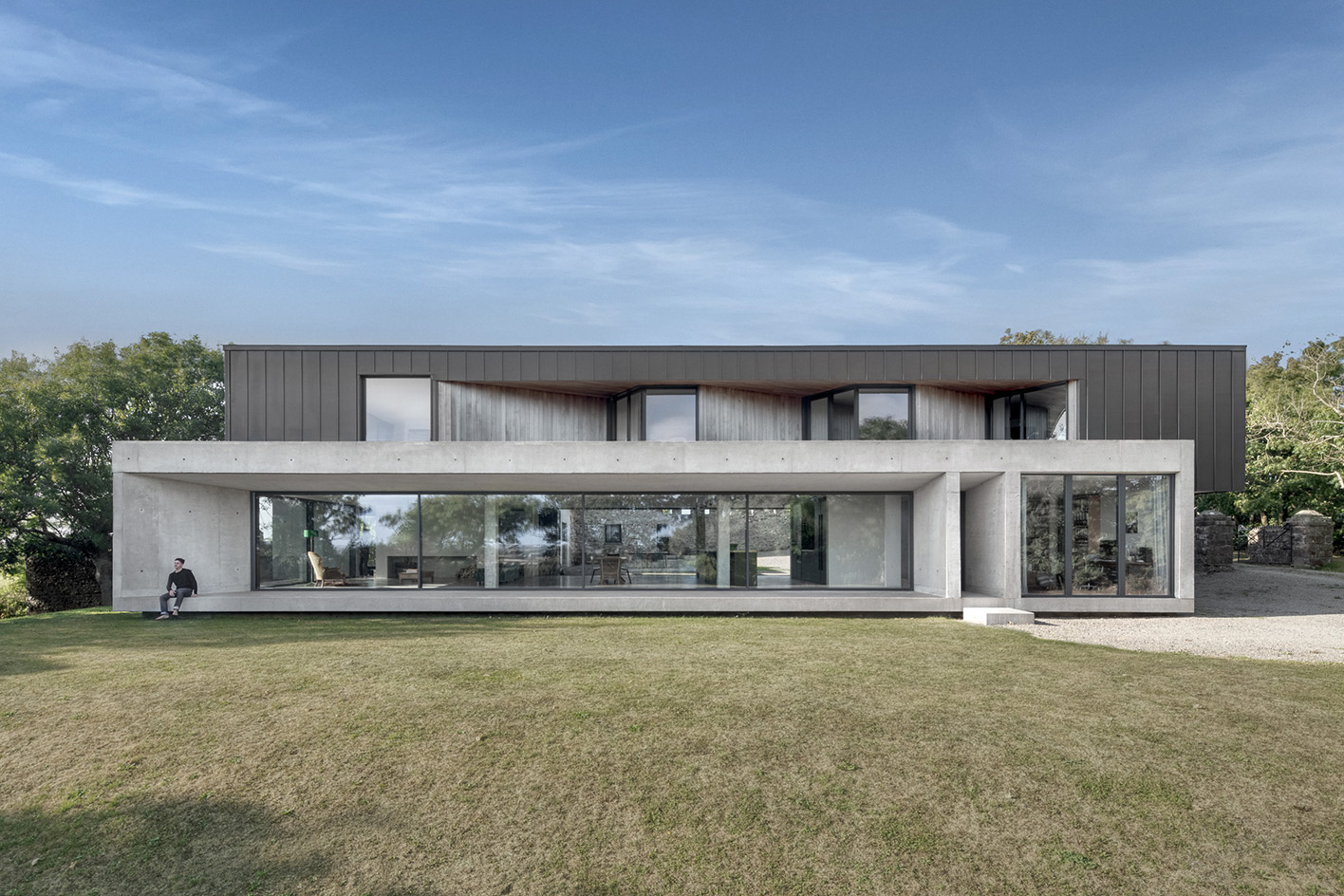 Minimalist architecture: homes that inspire calm
Minimalist architecture: homes that inspire calmThese examples of minimalist architecture place life in the foreground – clutter is demoted; joy promoted
By Ellie Stathaki
-
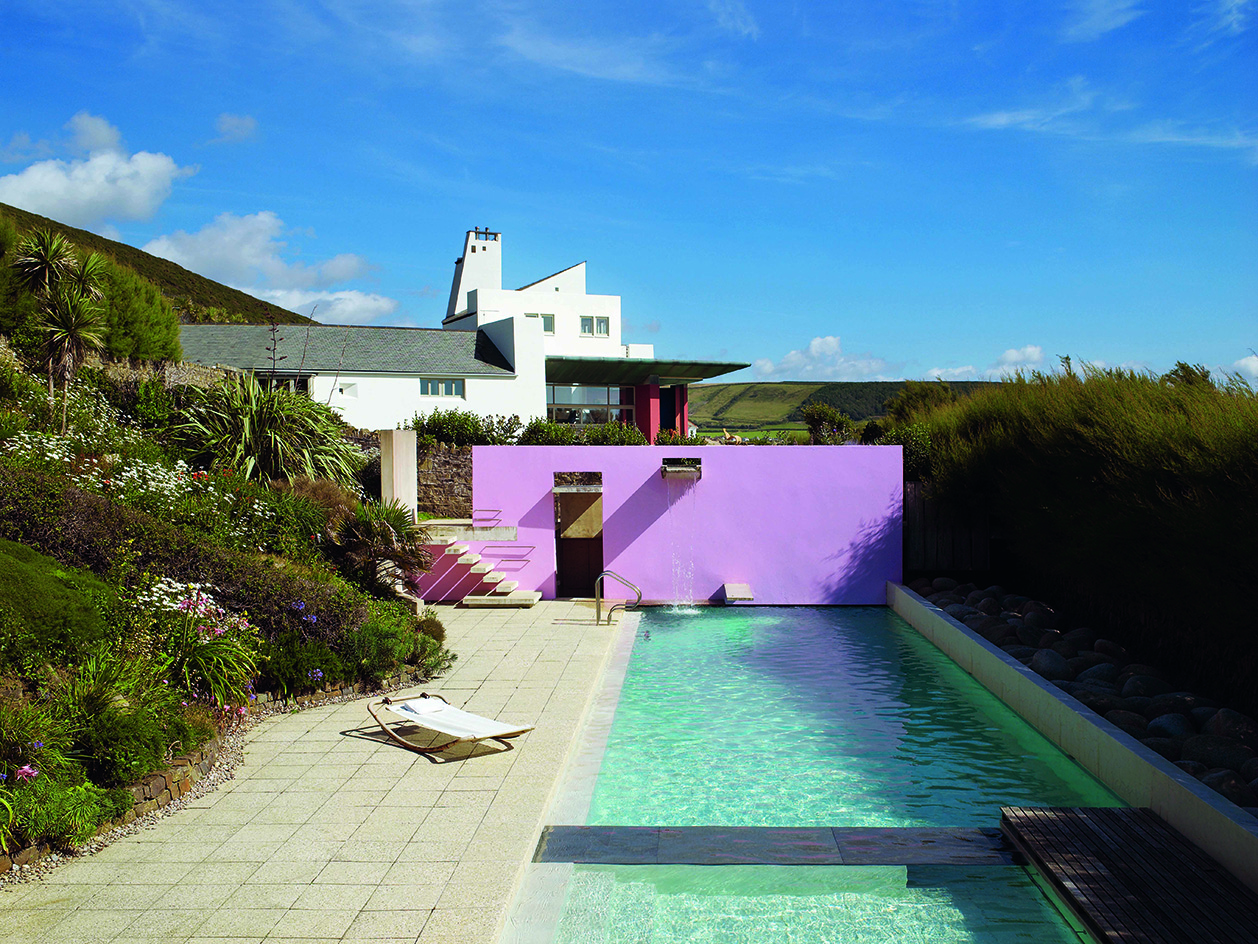 The iconic British house: key examples explored
The iconic British house: key examples exploredNew book ‘The Iconic British House’ by Dominic Bradbury explores the country’s best residential examples since 1900
By Ellie Stathaki
-
 Loyle Carner’s Reading Festival 2023 stage presents spatial storytelling at its finest
Loyle Carner’s Reading Festival 2023 stage presents spatial storytelling at its finestWe talk to Loyle Carner and The Unlimited Dreams Company (UDC) about the musical artist’s stage set design for Reading Festival 2023
By Teshome Douglas-Campbell
-
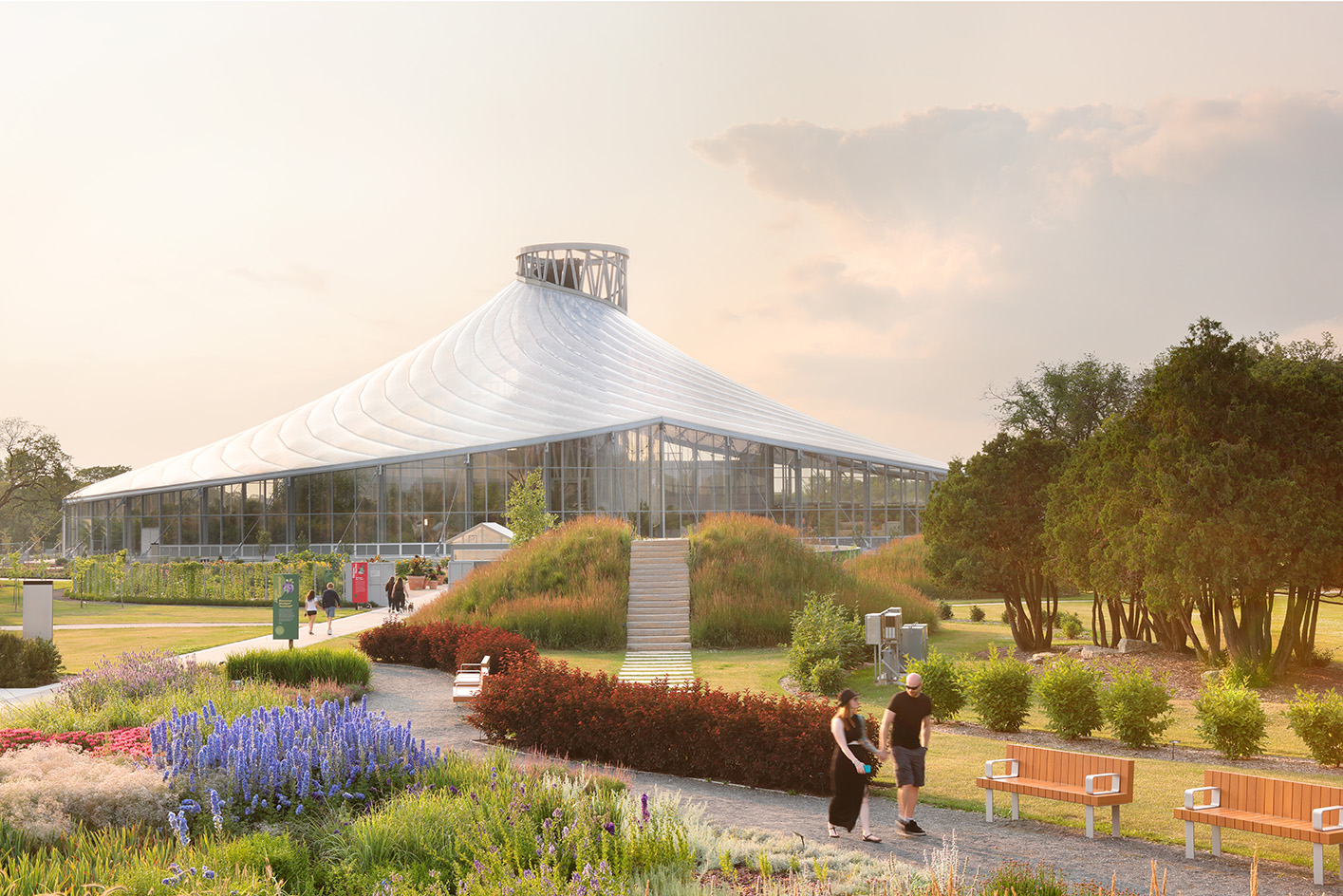 The Leaf is a feat of engineering and an ode to the Canadian Prairies
The Leaf is a feat of engineering and an ode to the Canadian PrairiesThe Leaf in Winnipeg, Canada, is the first interactive horticultural attraction of its kind: a garden and greenhouse complex promoting a better understanding of how people can connect with plants
By Adrian Madlener
-
 Behind the V&A East Museum’s pleated façade
Behind the V&A East Museum’s pleated façadeBehind the new V&A East Museum’s intricate façade is a space for the imagination to unfold
By Ellie Stathaki